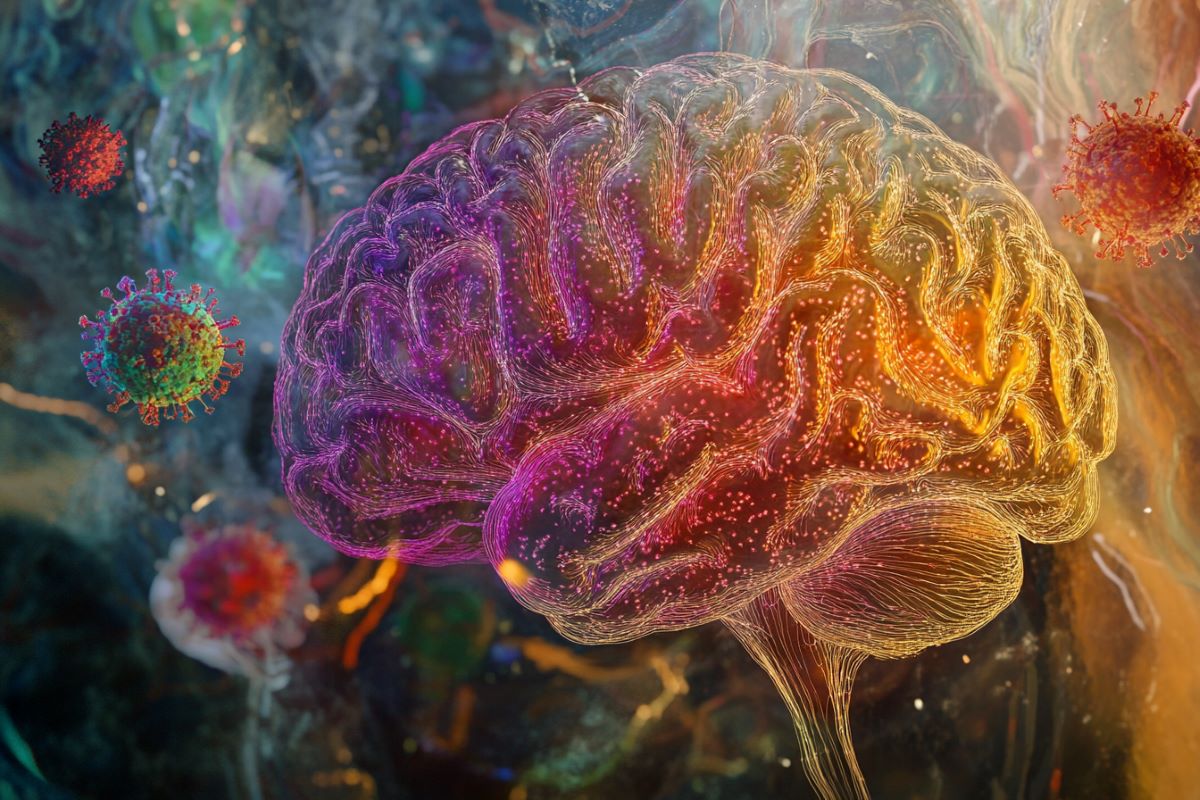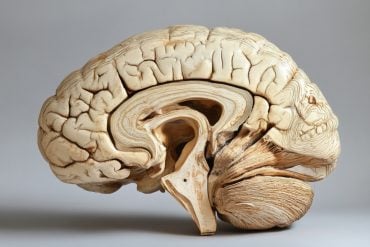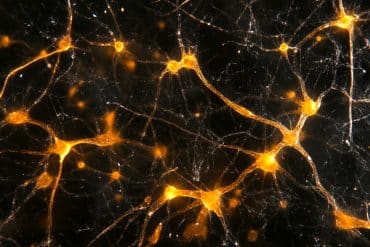Summary: Researchers discovered a connection between Alzheimer’s disease and herpes simplex virus-1 (HSV-1), suggesting viral infections may contribute to neurodegeneration. The study found that tau protein, typically seen as harmful in Alzheimer’s, might initially protect the brain from the virus but later exacerbate damage.
HSV-1 viral proteins were observed near tau tangles in Alzheimer’s-affected brain regions, pointing to a complex relationship between infection, immune response, and neurodegeneration. These findings open the door to therapies targeting viral proteins or modulating immune responses to mitigate Alzheimer’s progression.
Key Facts:
- HSV-1 and Tau: HSV-1 infection influences tau protein levels, initially protecting neurons but later contributing to damage.
- Alzheimer’s Link: Viral proteins co-localize with tau tangles in brain regions vulnerable to Alzheimer’s.
- Therapeutic Potential: Targeting viral proteins or fine-tuning the immune response could inform Alzheimer’s treatments.
Source: University of Pittsburgh
University of Pittsburgh researchers uncovered a surprising link between Alzheimer’s disease and herpes simplex virus-1 (HSV-1), suggesting that viral infections may play a role in the disease.
The study results are published today in Cell Reports.

The study also revealed how tau protein, often viewed as harmful in Alzheimer’s, might initially protect the brain from the virus but contribute to brain damage later. These findings could lead to new treatments targeting infections and the brain’s immune response.
“Our study challenges the conventional view of tau as solely harmful, showing that it may initially act as part of the brain’s immune defense,” said senior author Or Shemesh, Ph.D., assistant professor in the Department of Ophthalmology at Pitt.
“These findings emphasize the complex interplay between infections, immune responses and neurodegeneration, offering a fresh perspective and potential new targets for therapeutic development.”
The scientists identified forms of HSV-1-related proteins in Alzheimer’s brain samples, with greater amounts of viral proteins co-localized with tangles of phosphorylated tau – one of the hallmarks of Alzheimer’s disease pathology – in brain regions especially vulnerable to Alzheimer’s across disease stages.
Further studies on miniature models of human brains in a Petri dish suggested that HSV-1 infection could modulate levels of brain tau protein and regulate its function, a protective mechanism that seemed to decrease post-infection death of human neurons.
While the precise mechanisms by which HSV-1 influences tau protein and contributes to Alzheimer’s disease are still unknown, Shemesh and his colleagues plan to explore those questions in future research.
They aim to test potential therapeutic strategies that target viral proteins or fine-tune the brain’s immune response and investigate whether similar mechanisms are involved in other neurodegenerative diseases, such as Parkinson’s disease and ALS.
Other authors of the study are Vanesa Hyde, Chaoming Zhou, M.D., Juan Fernandez, Krishnashis Chatterjee, Ph.D., Pururav Ramakrishna, Amanda Lin, Gregory Fisher, Ph.D., Orhan Tunç Çeliker, Jill Caldwell, and Leonardo D’Aiuto, Ph.D., all of Pitt; Omer Bender, Ph.D., and Daniel Bar, Ph.D., both of Tel Aviv University; and Peter Joseph Sauer and Jose Lugo-Martinez, Ph.D., both of Carnegie Mellon University.
About this Alzheimer’s disease research news
Author: Anastasia Gorelova
Source: University of Pittsburgh
Contact: Anastasia Gorelova – University of Pittsburgh
Image: The image is credited to Neuroscience News
Original Research: Open access.
“Anti-Herpetic Tau Preserves Neurons vis the cGAS-STING-TBK1 Pathway in Alzheimer’s Disease” by Or Shemesh et al. Cell Reports
Abstract
Anti-Herpetic Tau Preserves Neurons vis the cGAS-STING-TBK1 Pathway in Alzheimer’s Disease
Alzheimer’s disease (AD) diagnosis relies on the presence of extracellular β-amyloid (Aβ) and intracellular hyperphosphorylated tau (p-tau).
Emerging evidence suggests a potential link between AD pathologies and infectious agents, with herpes simplex virus 1 (HSV-1) being a leading candidate.
Our investigation, using metagenomics, mass spectrometry, western blotting, and decrowding expansion pathology, detects HSV-1-associated proteins in human brain samples.
Expression of the herpesvirus protein ICP27 increases with AD severity and strongly colocalizes with p-tau but not with Aβ. Modeling in human brain organoids shows that HSV-1 infection elevates tau phosphorylation.
Notably, p-tau reduces ICP27 expression and markedly decreases post-infection neuronal death from 64% to 7%.
This modeling prompts investigation into the cGAS-STING-TBK1 pathway products, nuclear factor (NF)-κB and IRF-3, which colocalizes with ICP27 and p-tau in AD.
Furthermore, experimental activation of STING enhances tau phosphorylation, while TBK1 inhibition prevents it.
Together, these findings suggest that tau phosphorylation acts as an innate immune response in AD, driven by cGAS-STING.






